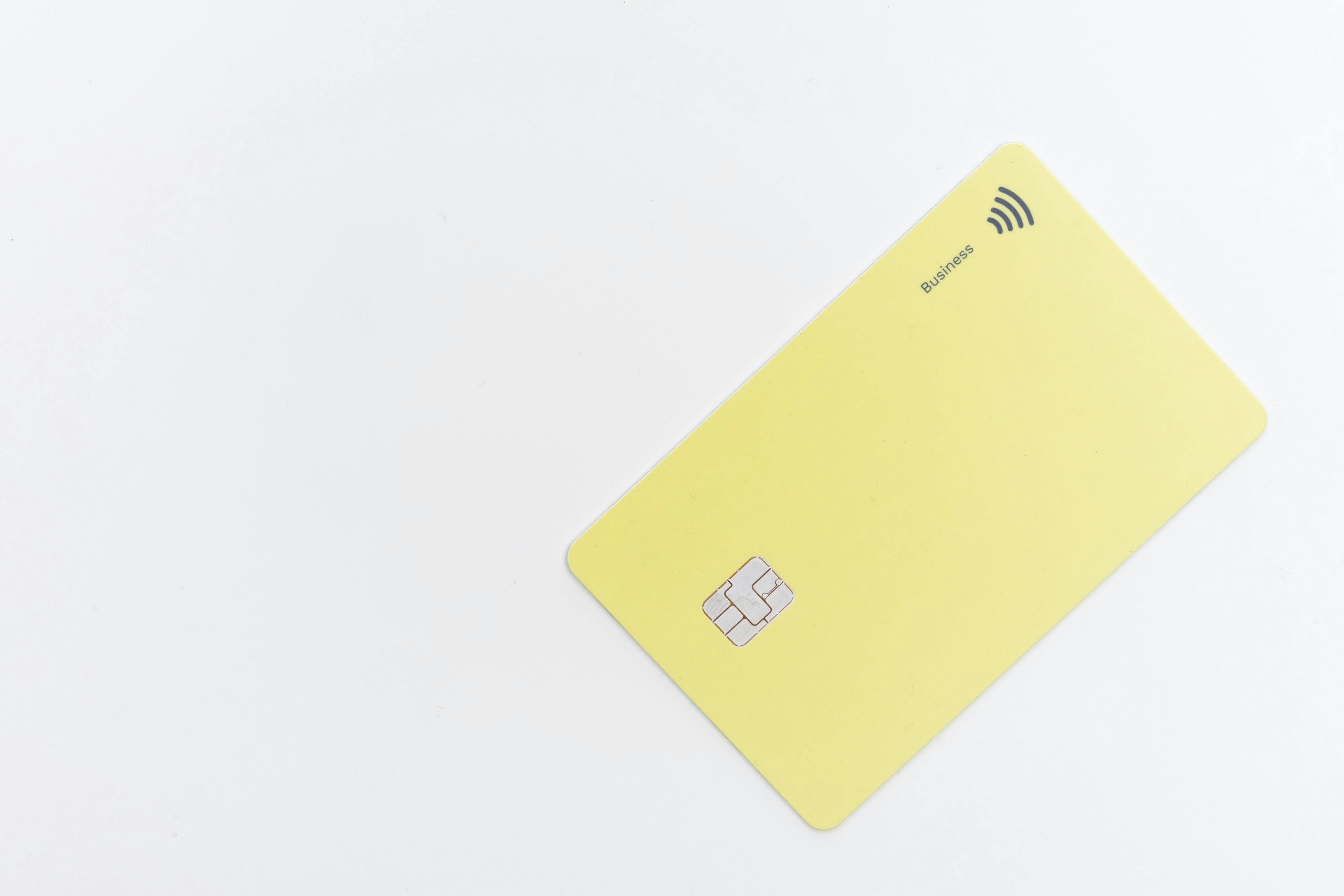Just about everyone has found themselves in a tight spot financially at some point or another. In these situations, you can't always be picky about where to get the cash you need.
But if you're considering a payday loan to cover your short-term expenses, you might want to consider other options. Here's why payday loans often do more harm than good — and what options you should look at instead.
How Do Payday Loans Work?
A payday loan is a short-term loan with an often exorbitantly high-interest rate that’s often marketed to borrowers who don’t have enough money for an expense or need to borrow a small amount of money to tide them over before “payday” comes.
Payday loans are available both online and in person. To qualify for a payday loan, borrowers typically need to provide a pay stub or proof of income, legal identification, and checking or savings account information.
Although they are high-cost loans, payday loans are popular because most do not require a credit check from one of the three credit bureaus or a look into your credit history. A payday loan amount is usually dispersed within a day after being approved. Naturally, this can sound very attractive, especially to people with lower credit who need quick cash, but taking out a payday loan can be a very dangerous financial decision. Each state has its own rules on how much you can borrow and in some states payday loans are flat out illegal - the limits for payday loans usually range between $50 to $1,000.

Why You Should Avoid Payday Lenders
According to a report from the Consumer Financial Protection Bureau (CFPB), more than 80% of payday loans are rolled over. When you roll over a payday loan into the next payday loan, the amount you accumulated in interest or loan fees is added to the principal, and in some states, you may even get charged late fees. The average consumer pays $250 in fees to take out a $375 loan (that’s a total of $625, almost twice as much as the loan itself).
Payday loan lenders charge the highest interest rates among all consumer lending products, some may argue, criminally high. The typical payday loan has an interest rate of 400% APR, while a credit card has an average annual percentage rate (APR) of 18%. In only a month, borrowing $1,000 from a payday loan service would cost you $328.77 in interest - causing you to pay back almost 1/3 of the money you desperately needed in the first place.
Payday loans have a short repayment window, usually between two and four weeks. Most people can’t afford to repay a loan within that window or by their next paycheck, which forces them to renew their loan in order to stay afloat—thereby getting stuck in a cycle of debt.
When you renew a payday loan, any unpaid interest is added to the principal. That means people in financial need in this situation end up being charged interest on a higher loan amount than before, making it even harder to pay off the balance!
So if we take a step back and consider all of these facts, should we ask ourselves “are payday loans bad”?
Payday lending is supposed to help borrowers fix their financial problems in the short term, but it often has the opposite effect in the long term. Most people who take out payday loans can’t afford them, leading to a vicious cycle of inescapable debt. In fact, research shows that the average payday loan amount is 36% of the borrower’s income, but that the average borrower can only afford to repay 5% of their income.

Healthy Alternatives To Payday Loans
Payday Alternative Loans
Just like it sounds, a payday alternative loan (PAL) is a similar product to a payday loan. The main difference is that it offers a lower interest rate. The maximum interest rate for a PAL is 28% APR, and the loan amount ranges from $200 to $1,000.
The specific repayment term depends on the bank but generally ranges from one to six months. Because the rates are lower and the terms are longer, borrowers end up paying less interest with a PAL than a regular payday loan.
Only federal credit unions offer PALs. You can find a list of these credit unions here. To be eligible for a PAL, you must be a federal credit union member for at least a month to qualify for a PAL through them (although some credit unions may have longer requirements).
Credit Cards
A credit card can be a fast and easy way to access money when you need it quickly. The interest rates on a credit card can be higher than a personal loan (typically between 15% and 22%), but generally lower than a payday loan or PAL.
If you have a credit score of 670 or higher, you may even qualify for a 0% interest rate promo offer on a credit card. These promotional offers usually last between six and 24 months. You can charge purchases to the card, only make the minimum monthly payment and not owe any interest. If you can pay off the balance before the promotional offer expires, then you won't have paid any interest at all 😉.
If you can’t qualify for a 0% interest rate, you can still use a credit card for emergencies. Always pay off your statement balance in full, otherwise, you’ll be charged interest on the remaining balance. While the interest charges on a credit card could be higher than a personal loan, they’ll still be lower than what you would owe with a payday loan.

Personal Loans
When you take out a personal loan, the bank deposits the amount you borrow as a lump sum into your bank account. You can use the funds for almost any purpose, like rent, other debts, or medical bills, which is one of the many benefits of obtaining a personal loan.
Unlike payday loans, personal loans have long repayment terms, usually between one to seven years. Personal loan amounts range from $1,000 to $100,000 — much higher than a payday loan.
Interest rates for personal loans range from 4% to 36% APR, depending on your credit score, the loan amount and the repayment term. If you have bad credit or poor credit, you likely won’t be eligible. You typically need a credit score of 600 or higher and a solid credit report to qualify for a personal loan, and if you do qualify for one, the interest on your personal loan may even be tax-deductible.
Cash Advance From A Credit Card
If you have a credit card, you can withdraw cash from it by taking a cash advance loan. You can use those funds to cover an emergency or to pay your bills. Be careful though! Credit card companies charge a higher APR for a cash advance than for a regular credit card purchase, so you should only use it if you specifically need cash.
For example, if you need to pay rent, your landlord likely doesn’t accept a credit card. Instead, you could take a cash advance and use those funds to cover the expense. The cash advance limit is usually between 30% and 50% of the total credit card limit. For example, if your credit limit is $10,000, then your cash advance limit may be between $3,000 and $5,000.
Loans From Friends Or Family
Borrowing from a friend or family member may be a less expensive option than a payday loan, personal loan, or credit card. The person lending you money may choose not to charge you any interest, although we recommend you should always charge some nominal interest rate in order to avoid unintended tax consequences.
Borrowing from friends or family is usually more flexible than any other type of loan. You can pick a repayment plan timeline that fits your budget, and it’s usually easier to skip a loan payment to a loved one—if absolutely necessary—than to a lender.
The downside of this approach is that a loan with a friend or family member could impact your relationship if you don’t pay off the loan as quickly as you promised. The person whom you are borrowing from may feel pressured to give you money because of your personal relationship, even if it interferes with their own financial goals. Regardless of these potential pitfalls, there are helpful services like Pigeon out there to help you keep your relationship top of mind, and avoid any unnecessary pressures when dealing with this type of transaction.

Next Time You Think About A Payday Loan
Take a step back and consider these things the next time you consider a payday loan:
- Look at lower-cost options, payday loan alternatives like - PALs, Credit Cards, or Personal Loans.
- Be smart and calculate any interest you may be paying before making a decision on a new loan.
- Consider borrowing from friends and family if that’s an option.
Payday loans are arguably the most expensive lending option available and it can take months to repay these kinds of loans. Take the time to utilize better alternatives, and you may end up much happier with your decision!

Want to read more related content? Check out some more of our awesome educational pieces below:



